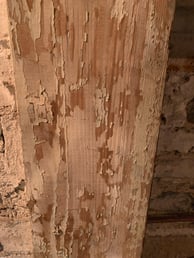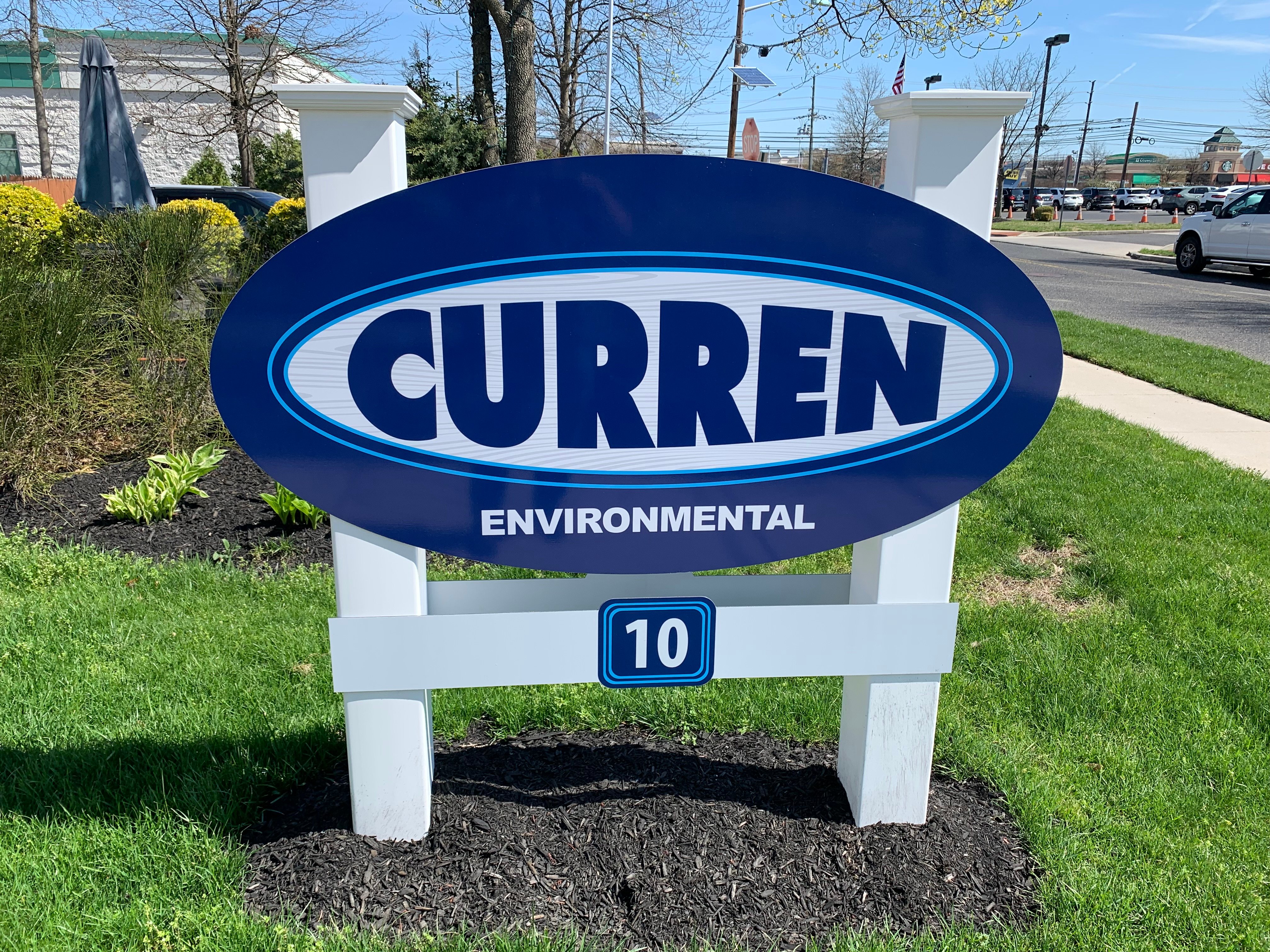"Why would I have my home inspected or assessed for lead paint risks?"
- Your child has been diagnosed as having lead poisoning. The most common home-based source of lead exposure is deteriorating lead-based paint which results in settled dust that young children can encounter.
- You live in a home built before 1978 where small children are or will be living. Lead paint was banned nationally in 1978, some states banned lead paint earlier.
- You are going to remodel, take down walls, enlarge a room, etc., anything that is going to disturb lead-based paint or generate lead-based paint dust and chips that can harm you and your family.
When buying a home, federal law allows the purchaser to conduct lead testing to determine whether lead-based paint or lead-based paint hazards are present. This is of particular importance if you have or plan to have young children in the home, but what type of lead inspection do you need, Lead Paint Inspection or Lead Paint Risk Assessment?
If you are concerned about possible lead exposure to you, your family and pets, or visitors, then knowing if a hazard exists and where is the first line of defense against the hazard.

What is the difference between a Lead Paint Inspection (LPI) and Lead Paint Risk Assessment?
A Lead Paint Inspection (LPI) is a surface-by-surface investigation to determine whether there is lead-based paint in a home or child-occupied facility, and where it is located. Certified inspectors or risk assessors can only perform lead Paint Inspections. Lead-based paint inspections determine the presence of lead-based paint. Lead Paint Inspections utilize an X-Ray Fluorescence device to establish the presence, if any, of lead-based paint. XRF units produce x-rays and allow the user to determine on-site if a surface contains lead paint. Inspections by using testing equipment. It is beneficial in determining whether lead-based paint is present prior to purchasing, renting, or renovating a home, and identifying potential sources of lead exposure at any time.
A Lead Paint Risk Assessment is an on-site investigation to determine the presence, type, severity, and location of lead-based paint hazards (including lead hazards in paint, dust, and soil) and suggests ways to control them. Risk assessments can be legally performed only by certified risk assessors. A Risk Assessment does not have to test for lead as most inspections are performed with the presumption that lead paint is present.
You can also have a combined inspection and risk assessment. With any of these options, the risk assessor or inspector will provide you with a written report of findings.
Lead Paint inspections determine if lead is present and where on the property. A lead paint risk assessment presumes lead paint is present and assesses hazards associated with lead paint.
%20and%20Lead%20Paint%20Risk%20Assessment.png?width=1385&height=776&name=difference%20between%20a%20Lead%20Paint%20Inspection%20(LPI)%20and%20Lead%20Paint%20Risk%20Assessment.png)
Lead Paint Inspection Procedure
The lead-based paint survey begins with inspectors/risk assessors walking the subject property and documenting room equivalents, testing combinations, and selecting test locations all while looking for lead-based paint. The walls/sides of the property are distinguished by Side A, B, C, or D. Wall or side A is facing the street, then moving clockwise would be wall/side B, C (located at the rear of the property), and D. After the testing strategy is determined, the inspector/risk assessor uses a Lead Paint Spectrum Analyzer (XRF) to determine the lead content (mg/cm2) of painted surfaces at the subject site. Surfaces with paints or coatings with concentrations of 1.0 mg/cm2 or greater are considered lead-based paint. The inspection follows EPA’s work practice standards for conducting lead-based paint activities (40 CFR 745.227), the U.S. Department of Housing and Urban Development (HUD) Guidelines for the Evaluation and Control of Lead-Based Paint Hazards in Housing (Guidelines), and all State and local regulations.
Lead Risk Assessment Procedure
Lead risk assessment entails a comprehensive visual evaluation of potential lead hazards, including lead-based paint, lead dust, lead in water, and/or lead in soil. Testing can be completed as part of risk assessment. If you have questions regarding lead paint inspections please give our office a call.




